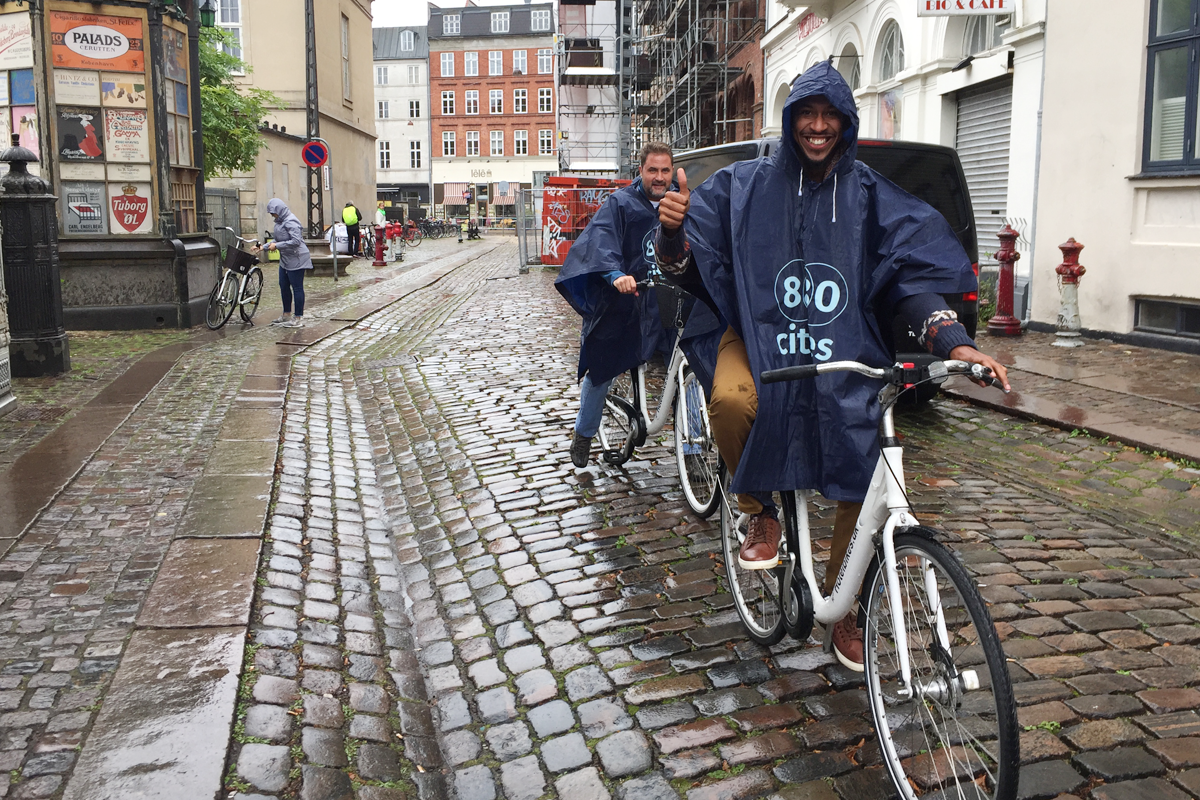
19 Jan Copenhagen’s Catalytic Effect
What if a five-day stay in a city abroad could change the life of an influential decisionmaker, who in turn has the power to improve the lives of hundreds of thousands, perhaps even millions of their constituents?
Not all cities have the capacity to change the hearts and minds of high-level city leaders, but we know for a fact that some cities, like Copenhagen, do. We know because, with the generous support of Knight Foundation, we have guided more than 100 American city leaders over the past four years on study tours of Copenhagen and have witnessed how this experience has changed them in ways big and small.
The 8 80 team caught up with 2017 Copenhagen Study Tour cohort to see how they adapted some of their learnings from the trip to their home city in the three months that they’ve been back. Here are just some of the stories we heard.
Change starts with you.
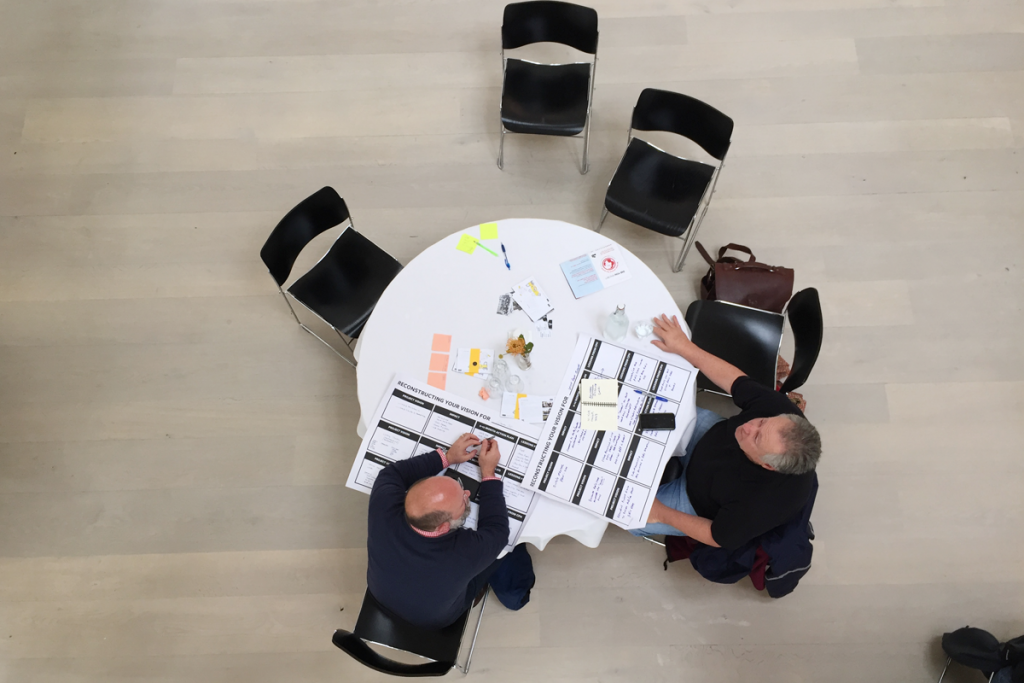
We heard from Copenhagen’s city leaders that it is important to lead by example. If the City of Copenhagen’s goal is to become carbon neutral by 2025, then city leaders and staff should practice what they preach. As a policy, Copenhagen city staff are not allowed to use cars during work hours. Instead, they’re provided with free transit passes or the option of riding their bicycles to get to meetings or to run work errands. The logic being: how can we expect our citizens to adopt environmentally-friendly behaviors if we ourselves are unwilling to?
After biking and walking around Copenhagen for a week, participants said they gained a new perspective about “walkable” and “bikeable” distances in their own cities, and have since reduced their personal car use. By walking and biking more, they are better able to observe their city using the 8 80 lens –that if everything we did in our cities was great for an 8-year-old and 80-year-old, it will be great for everyone.
Bad infrastructure is worse than no infrastructure.
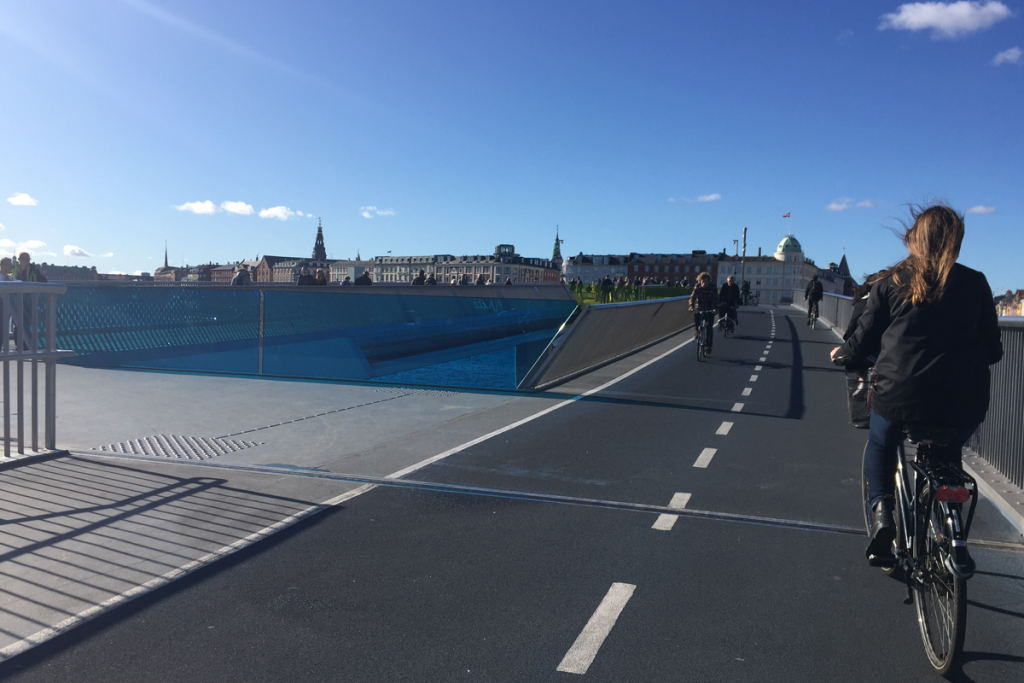
Copenhagen confirmed that the only way to significantly increase bike ridership is to build a safe, connected network of bike infrastructure. A disconnected, unsafe bike lane is worse than no bike lanes at all. Not only will it not compel new riders onto the road, it also gives naysayers ammunition. They point to underused bike lanes as undeserving of additional investment.
Leaders from Columbia, SC returned home from Copenhagen and reviewed their map of existing and planned bike paths and saw that although there were many miles of bike paths, they did not form a network. They are now working to securing an additional $1 million dollars in funding to fill in the gaps and create a true bike grid that connects Columbians to where they want to go.
In San Jose, their Better Bikeways plan will enhance 32 miles of basic bikeways in the next two years. This means taking existing bike paths and enhancing them with paint, planters, delineators, and other placemaking features to make them safer and more comfortable for riders.
Rethinking how we measure success.
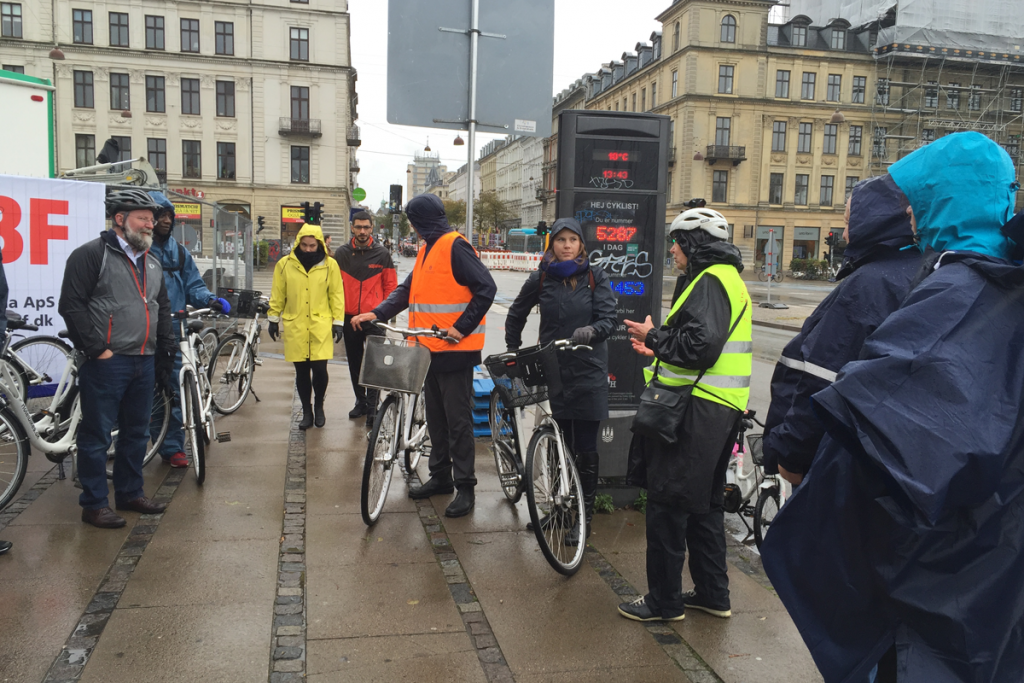
We learned that the City of Copenhagen’s Streets and Parks Department no longer uses KPIs (key performance indicators) as the principle way to measure their success. For them, KPIs mattered mostly to city bureaucrats but were less relevant to the most important stakeholders of all –the residents of Copenhagen. They now evaluate the performance of their streets, parks, and public spaces based on observational counts of users (how many use the space, who uses the space, how long they stay, etc.) and through annual surveys where citizens rate how clean or how safe they feel their park is. The department sets goals based on these measures e.g. 80% of residents should feel satisfied with the quality of the public realm.
Lexington, KY is developing an enhanced customer service platform via 311. While this process started prior to the Copenhagen Study Tour, it is now significantly informed by Copenhagen’s citizen-focused approach and unique ways of measuring success. Focus will be on citizen feedback and improving the 311 customer service experience. For example, as a way to improve communications and better manage expectations, city staff will personally call residents if their 311 request isn’t going to be completed in a timely manner.
People first.

Jan Gehl’s ethos of “First life, then space, then buildings” was evident almost everywhere we went in Copenhagen. Study tour participants left Copenhagen determined to implement this people-first way of approaching city building in their home cities.
San Jose is advancing a Public Life Strategy to better integrate all the work that the city’s different departments do to enhance public life. Philadelphia is developing a citizen-informed transportation plan, where they will be engaging communities to identify meaningful transportation interventions and explore how racial equity, health, and sustainability intersect with transportation infrastructure. Detroit Riverfront Conservancy is working with the University of Michigan to evaluate the public space network in Detroit, to enable better data-driven decision making. West Palm Beach is in the process of expanding pedestrian spaces across the entire city.
The examples from the 2017 study tour cohort go on and on. While Copenhagen serves as a wonderful inspiration, study tour participants have visions that go above and beyond the example that Copenhagen sets. In the words of one city leader: “In 10 years, people will be clamoring to host study tours of OUR city”.

